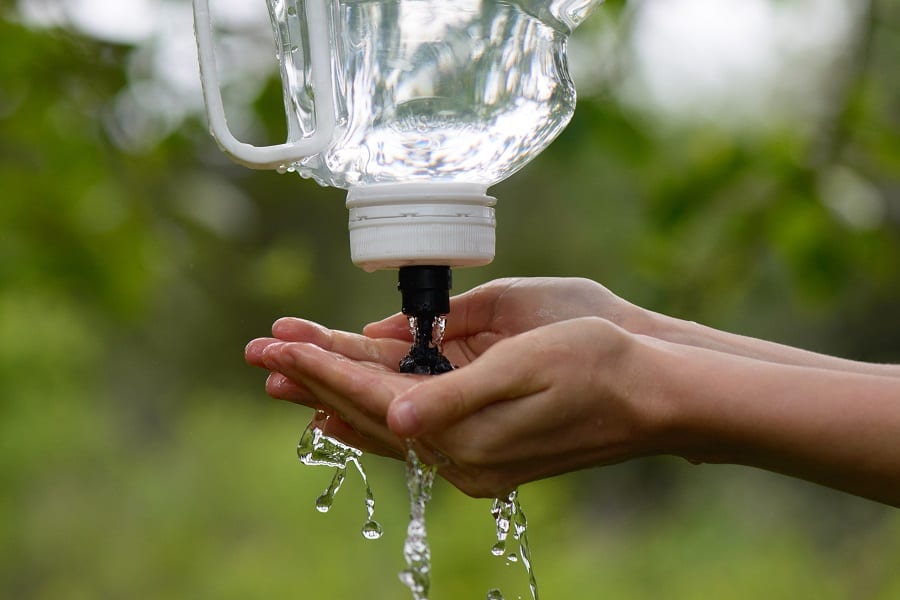Camping and hygiene could often be envisioned as being on the opposite ends of the spectrum.
We believe that a camping adventure is bound to make you enter the uncharted territories of mud, bugs, bird poop, twigs, and pine needles sticking to your T-shirt.
However, any sensible camper would realize the importance of camping hygiene. Following a Hygienic routine could become a tedious thing to achieve.
It might sound that the two are not compatible to be achieved; thoughtful planning and modifications could ensure you a sweet and safe camping experience.
Planning a more extended camp requires that you make additional preparation and modification to your hygiene routine.
Almost all camping components have some element related to our hygiene. Be it the dishes we cook and eat in, the underwear and socks we wear, the number of times we manage to take a bath, resources available for waste disposal, etc. Camping hygiene has the twin elements of personal hygiene and outdoor ethics.
The frequent campers would be aware of the fundamental principles of “Leave No Trace” printed on almost all camping accessories.
How we manage and dispose of our waste is entirely dependent on how we function within the new ecosystem. We could irresponsibly throw our trash and move on with our lives or make sure that we are not dirtying the environment of other species.
Moreover, poor hygiene practices also mean greater chances of exposing oneself to the wrath of mysterious ailments and rashes.
Outdoor enthusiasts and adventure-seekers are highly aware that functioning in an environment away from the comforts of a clean home is an entirely new game. You are in close contact and almost coexisting with a wide range of insects and other sources.
While you are always at the risk of physical injuries or animal attacks in the wild, a more common issue is the widespread infections you could face with poor hygiene. These include tick-borne diseases, raccoon roundworm, etc. Women have additional exposure to Urinary Tract Infections if they don’t take extra care of their nether regions.
Contents
Camp Hygiene Guide: Personal Hygiene & Outdoor Ethics
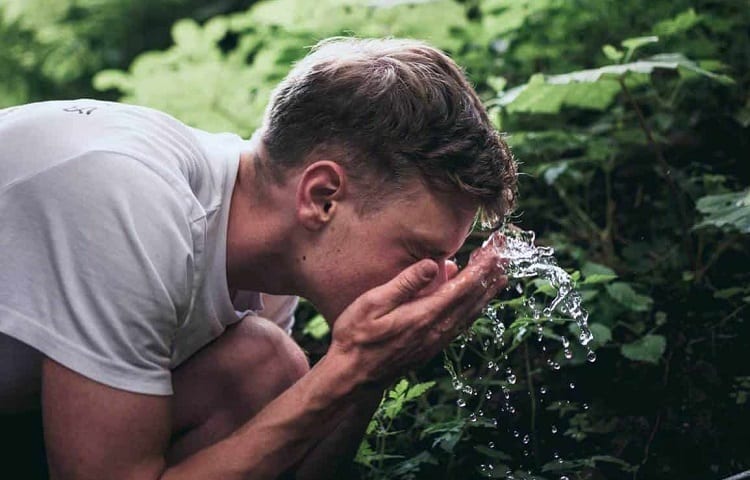
To ensure that you can follow a decent sanitary regime at the campsite, you need to make sure you have done the packing right.
Make a checklist of all essentials. For your convenience, we have marked in bold the essential items that should go in your bag before you set out. The key is to take things that have a maximum utility quotient.
1. Wear
What you wear and how clean they are is a crucial factor towards a Hygienic living in the woods. Many campers will have various equations on the number of clothes you should carry.
Some will advocate taking two outfits and washing them each night. Others will suggest wearing the same outfit for the first half of the trip and then changing to a new one in the second half.
In most cases, the number of clothes you decide to carry depends on the number of days you plan to go camping and the weather conditions. In all situations, give utmost priority to your comfort.
An important suggestion is to leave out the “What-if” clothes and stick to essential gear. Synthetic clothing is usually preferred to wick moisture and keep you relatively dry.
If you are hiking for a more extended period, make sure that you regularly put your clothes in the laundry to avoid piling them up in your bag. Use biodegradable soap for the same.
2. Underwear
An essential part of your body that requires to be clean and dry is your groin. Thus, clean and dry underwear is vital for keeping you protected.
While on the trip, regularly wash and dry out your undergarments properly before reusing them. Keep all your underwear in a separate poly bag to be fresh and clean to use.
3. Socks
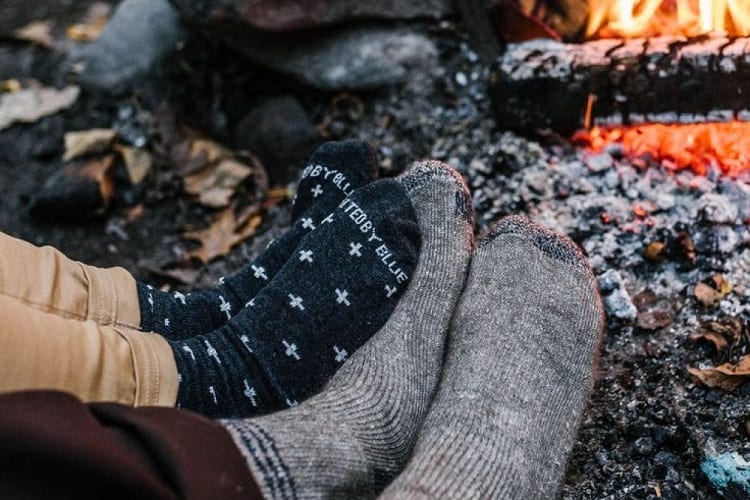
Your feet will be experiencing rough terrain for a few days. Thus, keeping them clean and dry is essential to avoid damaged, blistered, and cracked feet. Ensure you carry enough socks to withstand damp, humid, and cold conditions.
If your socks become wet because of the muggy conditions and a rainy day, make sure you dry them well and wash them with clean water before reuse.
Take extra care of your feet as they are exposed to a lot of sweat and sometimes the muddy-gluey waters. Carry foot scrubs and foot powder to avoid bacteria accumulation.
4. Toiletries
Out in the wild, it might not be environmentally ethical for you to be carrying chemical soaps (that are high on phosphate) or non-biodegradable items.
Thus, switch to organic toothpaste that would not be as harmful to the water bodies, plant-based shampoo, soap bars, or dry shampoo. You could also keep mouthwash and floss for additional dental hygiene.
Moreover, keep an adequate quantity of wipes or microfiber towels for quick drying. Avoid carrying scented deodorants as they might attract the animals in the wild.
Some General Guidelines To Consider
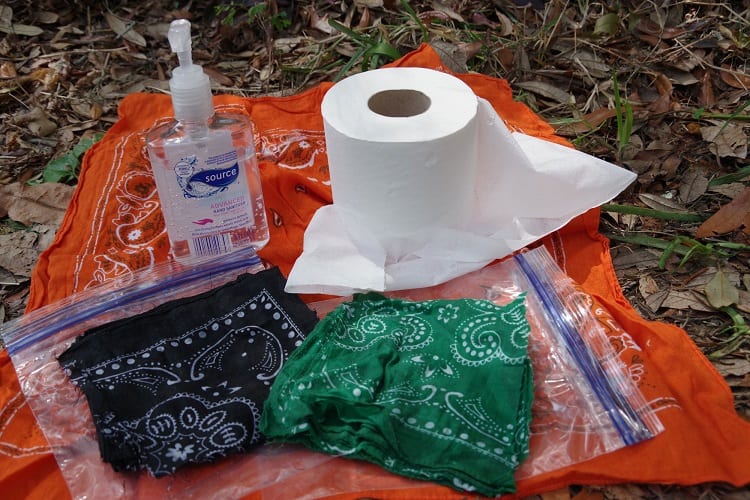
- Ensure to thoroughly clean and prepare all your gears and equipment, including hiking bags, towels, clothing, and other accessories. Leave them out in the sun before packing them up for your trip.
- Keep alcohol-based sanitizers handy and frequently wash your hands.
- While camping, make sure you cook your food. While it could be easy to sustain yourself on a raw diet, cooking will ensure that your food eliminates unnecessary bacteria and lessens your chance of contracting an infection.
- Ensure you have a first aid kit to address any injuries or sickness. Keep a set of essential medicines with you.
- Make sure you keep your hands clean. Ensure to wash your hands with water and soap at least once a day.
- Plan your camping, preferably near water sources, so that you can use the water for washing and bathing purposes. Make sure not to pollute the water.
- Keep your tent space clean and away from dirty shoes. Keep the boots outside while entering the tent, or shrug them off to remove the muddiness.
The Bathroom Situation
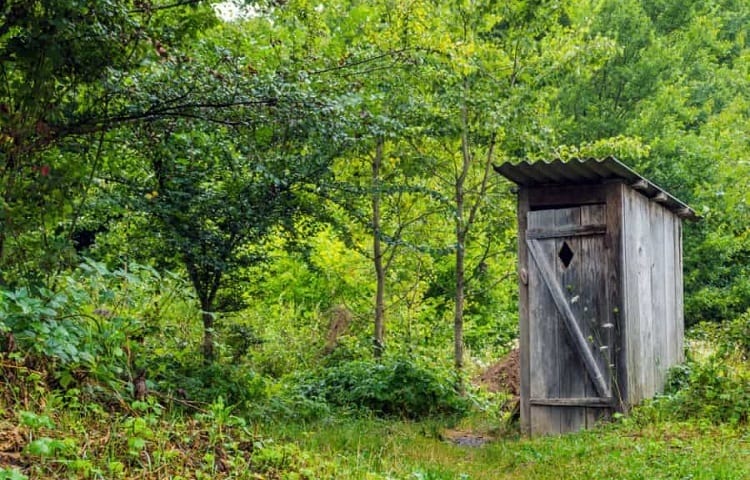
Away from the luxuries of toilet seats and jet sprays, doing your business out in the woods can be a little too out there!
For our beginner campers, the very thought of having to poop in the woods could be daunting. If you are camping for a longer time, choose a designated area for your business.
It should be away from your camping site and a few steps away from water bodies. Rock surfaces are also considered reasonable peeing grounds. In pooping, rich weathered soil is ideal in the wildcarryItfor accelerating the decomposition process.
In pooping, the best way is the principle of “Leave No Trace” or the “poop and bury method.” Firstly, find a spot preferably where the ground can be easily tilled. Then dig a deep hole where you can accommodate your litter. A camp trowel can be an easy tool to dig up a cat hole.
Use wipes and toilet paper to clean yourself up. Cover the hole with the soil. Don’t forget to sanitize your hands after you are done with your business. There are a few areas where you might be required to pack your waste. In those cases, plastic seal bags, double layer bags, “blue bags” are easy options.
For those campers who still want to stay close to their usual practices, portable toilets could be viable, especially if you take your car along. It is especially an easy option for children. Moreover, it gives you the flexibility to do your business anywhere without the mess of digging and covering holes.
For our female wanderlusters, the situation could require some additional protocols. Camping while on periods could be a challenging experience. It is always helpful if you keep additional essentials for detailed care.
Using a “pee-rag” helps you clean your underwear and keep your parts dry and clean. A dry towel, small cloth, antimicrobial clothing like the “Kula Cloth” are some of the options that could serve the purpose.
Wear moisture wick fabric underwear with clothing, so you don’t end up getting itchy. Menstrual cups are ideal choices for a clean and non-messy flow in case of being on your period. These silicone cups are moreover reusable and can be used after washing.
Thus, once it is filled, use the same principle of “Leave no Trace” (or poop and bury method) followed by washing your cup, and you are good to go again!
Additionally, keep wet wipes, sanitizer, toilet paper, and zip lock available to handle any waste.
Closing Thoughts
Camping poses various challenges like animal attacks or the wrath of stormy weather.
However, an underestimated challenge is the quest for a hygienic camping experience that is sustainable and compatible with the environment.
Practicing Camping hygiene is meant to keep you away from the risk of contracting unknown diseases and let you have a minimal impact on your environment.
The “Leave No Traces” guidelines are famously followed and have registered a high success rate.
In other words, all hygiene practices should not be at the cost of adding a burden on the environment. It should let you efficiently accomplish your own sanitary needs.
References

